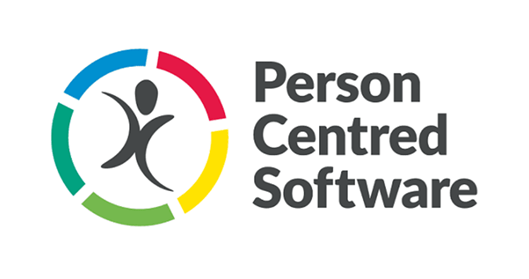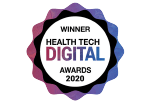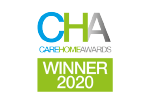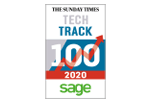
April is Stress Awareness Month, so we're looking at how digital solutions, like Person Centred Software's digital care planning system (mCare), can help reduce workforce stress in care settings.
The latest figures from the Health and Safety Executive (HSE) show that an estimated 875,000 workers in the UK were affected by work-related stress, depression or anxiety in 2022/23. By occupation, professional roles that are common across public service industries, such as health and social care, show higher levels of stress compared to all jobs.
Furthermore, the main work factors cited by respondents as causing work-related stress, depression or anxiety were workload pressures including tight deadlines, too much responsibility, and a lack of managerial support.
Stress is one of the most detrimental impacts in health and social care today. Looking at social care, in particular, care providers are finding themselves under immense pressure due to increasingly stretched budgets, falling staff numbers, and often having to work long hours to ensure good standards of care.
With April being Stress Awareness Month and staff wellness being more crucial than ever before, we wanted to give attention to the concerning statistic mentioned above and explore sustainable technological solutions that can help reduce them in the years ahead.
There’s already digital care technology out there, for example, that can save three days a month on administrative tasks. Some technology solutions are well-documented for their ability to reduce stress amongst staff by simplifying tasks and freeing up more time to provide direct care to residents, whilst enhancing communication and facilitating wider teamwork.
Staff wellness is important at all times, but especially when people are under stress, and this is where technology can make an instrumental difference. Person Centred Software's digital care planning system (mCare), for instance, allows staff to seamlessly plan, record and monitor the care of residents digitally in real-time.
mCare helps to reduce the time it would take to physically transcribe care notes as staff can record information at the point of care, while also mitigating the risk of errors through innovative speech-to-text functions and icon-driven tools. In addition, the risk of losing information is eliminated as all data is recorded in one central portal, which can be viewed anytime by anyone with access.
As we head further into a future of digital transformation, care providers across the health and social care sectors must continue to look towards technology to empower staff to utilise their time efficiently and productively. At present, we find ourselves in a privileged position, whereby we have care technology at our disposal that can significantly aid the quality of care for residents while reducing stress among staff.
Adopting technology is a step in the right direction in reducing workplace stress and promoting a healthier and happier place to work. This will allow us to achieve standards of wellbeing for both staff and residents that were never possible before.
If you want to find out more about how mCare can help to reduce stress for care home staff, you can click here to book a consultation.





.jpg)

.webp?width=80&height=80&name=HTD%20Awards%202023%20Badge%20(4).webp)














